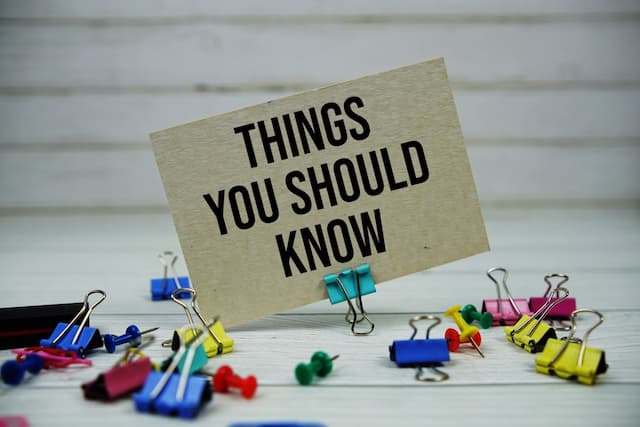Prayer and deliverance: a summary of the prayers in Exodus ‣ Praying Through the Bible

A summary of all prayers in the book of Exodus, by Mark McDowell: petitions, intercessions, praise, and blessings. What can we learn about our own prayers?
The book of Exodus does not have the same variety of prayers as Genesis. There is one petition, three intercessions, two prayers of praise, and a blessing. There is a reason for this: the book of Exodus revolves around a single major event which came to define the Israelites and still defines Jewish people today: the Exodus and the Passover. It also defines Christians: the Last Supper (The Lord’s Supper, the Eucharist, Communion) was a Passover meal.

In many ways, Exodus is the other side of prayer from Genesis. Genesis depicts a great number of people in different situations and times. The prayers, therefore, are diverse in their type, in those who offer them, and in the circumstances. Genesis portrays prayer as used in many different areas of life. We see the richness of prayer in the stories of Genesis.
By contrast, Exodus focuses almost exclusively on Moses and the people he leads. It is focused on the Exodus itself, the events that led up to it, and some of the later events. The prayers are less diverse, and the underlying situation is almost the same in every prayer. It is prayer in a time of suffering, crisis, and deliverance.
The prayers in Exodus mirror the story itself. The first prayer is a petition: the Israelites cry out under the harsh yoke of Egyptian slavery. God hears them, and he gives them a leader in Moses and a way of deliverance. The next three prayers come during the plagues: all are intercessions for the Pharaoh that God will forgive him and take away the plagues. Later, God brings the Israelites out of Egypt in a miraculous manner. On the far side of the Reed Sea, they offer praise-hymns to God: one for the men, led by Moses, and one for the women, led by Miriam.
The flow of these prayers matches a pattern we will see throughout many books of the Old Testament: prayers of petition and intercession lead to prayers of praise. We cry out, God acts, and we praise and thank him in return. This ebb and flow, the interrelated nature of prayer types, is an important part of the practice of prayer.1
- See the discussion of this idea in the Introduction . ↩







